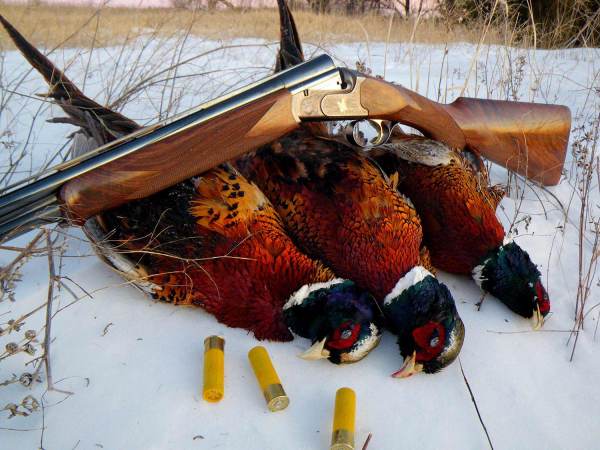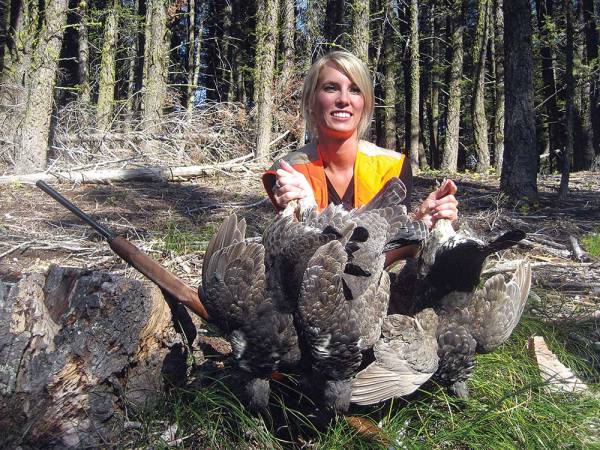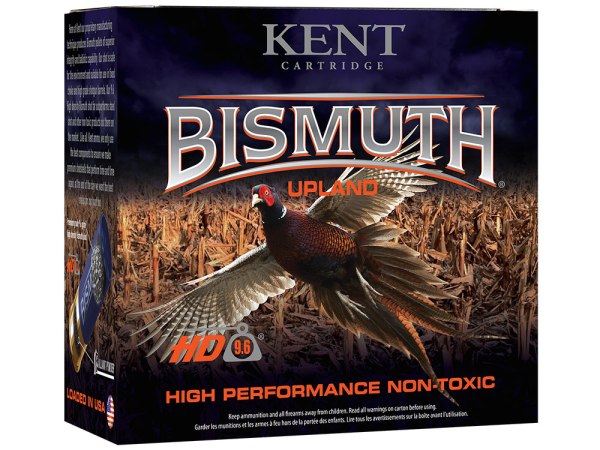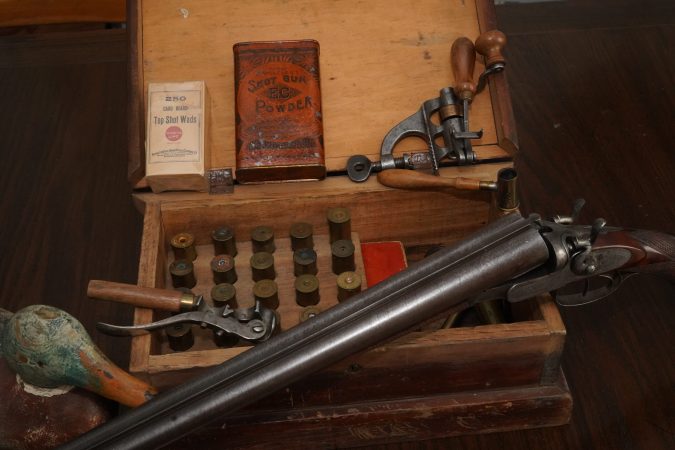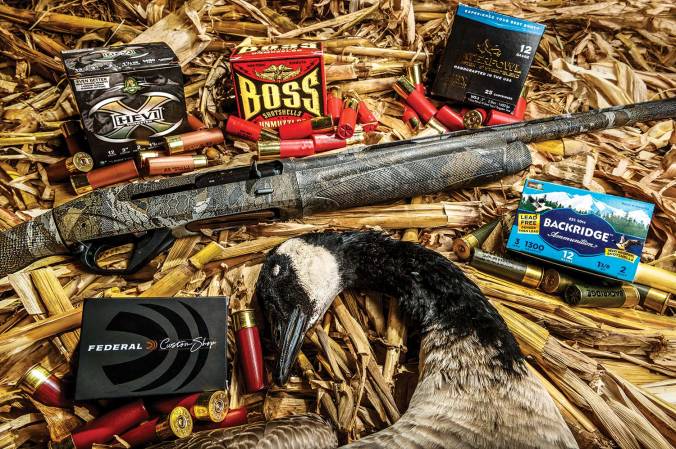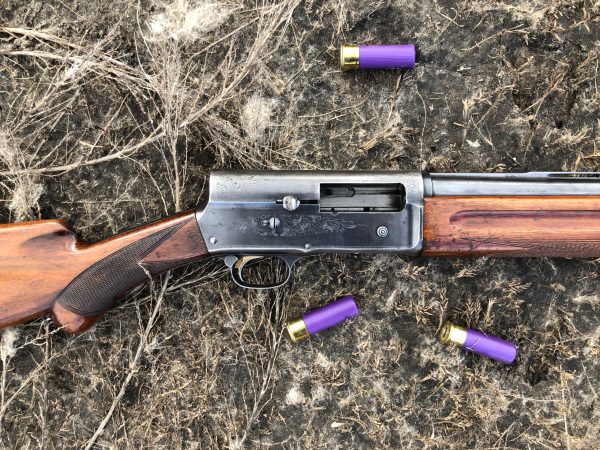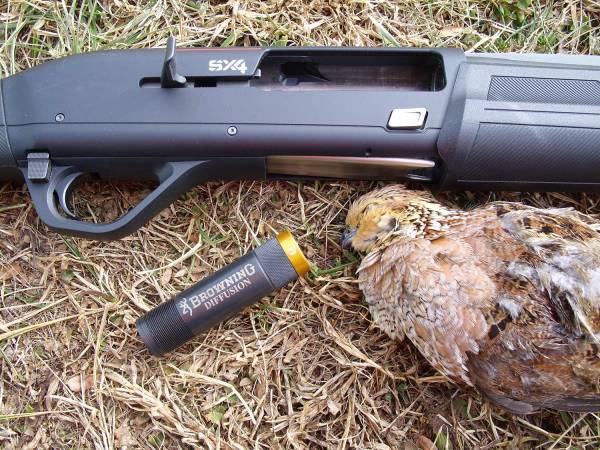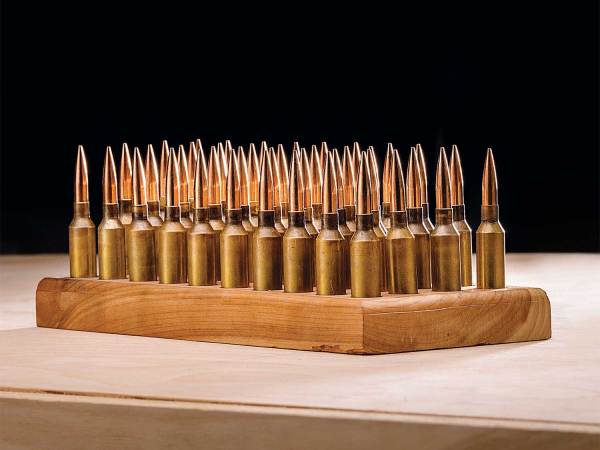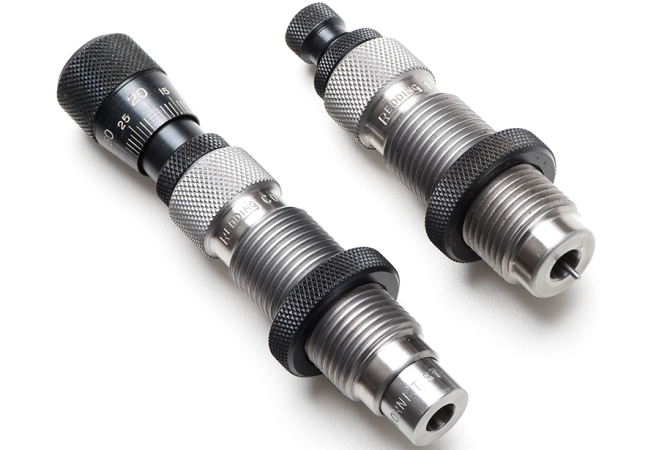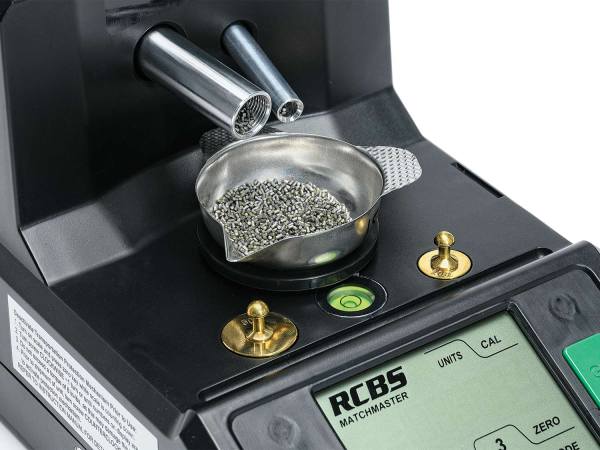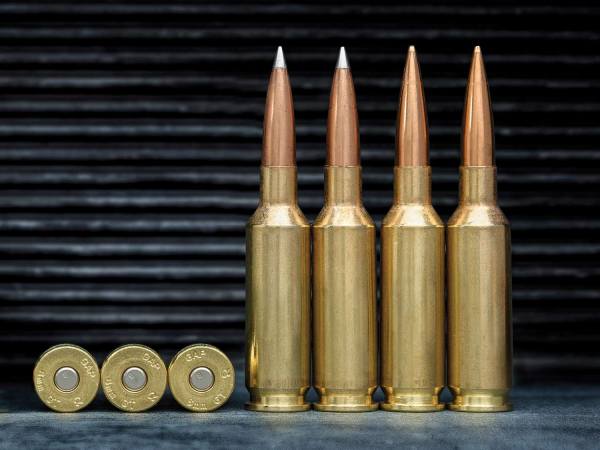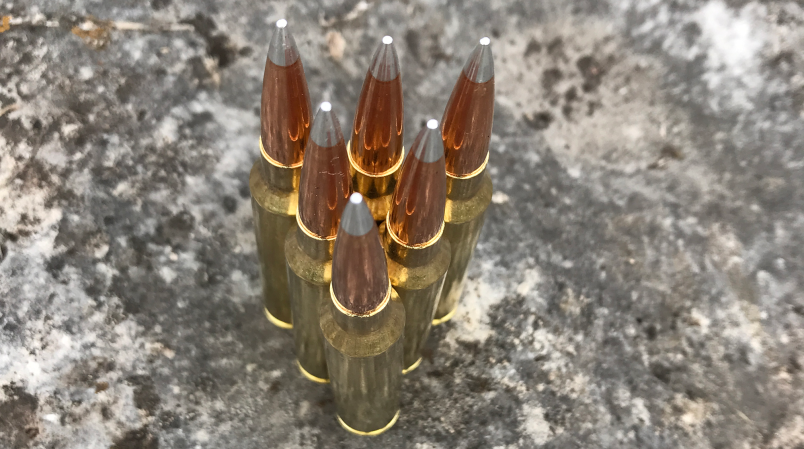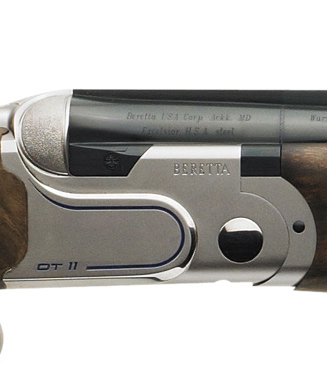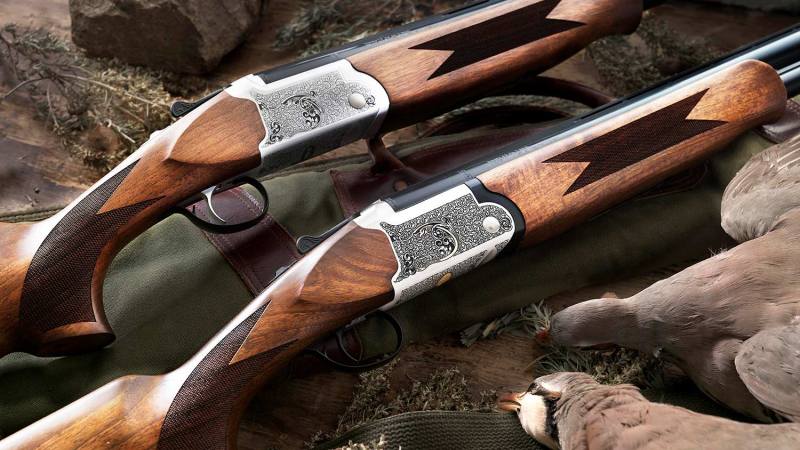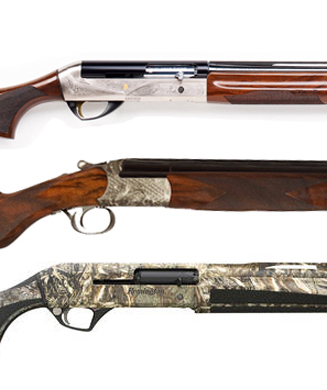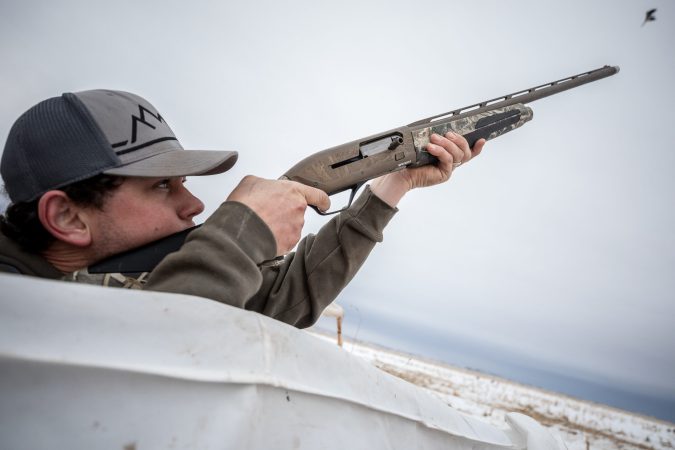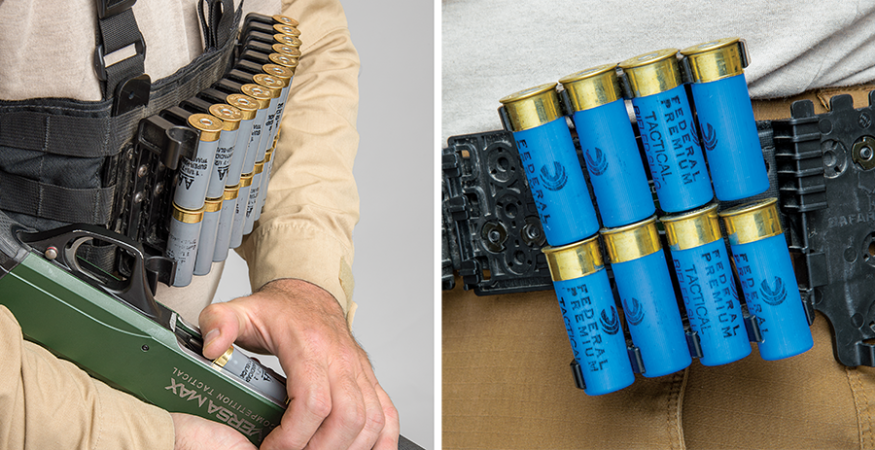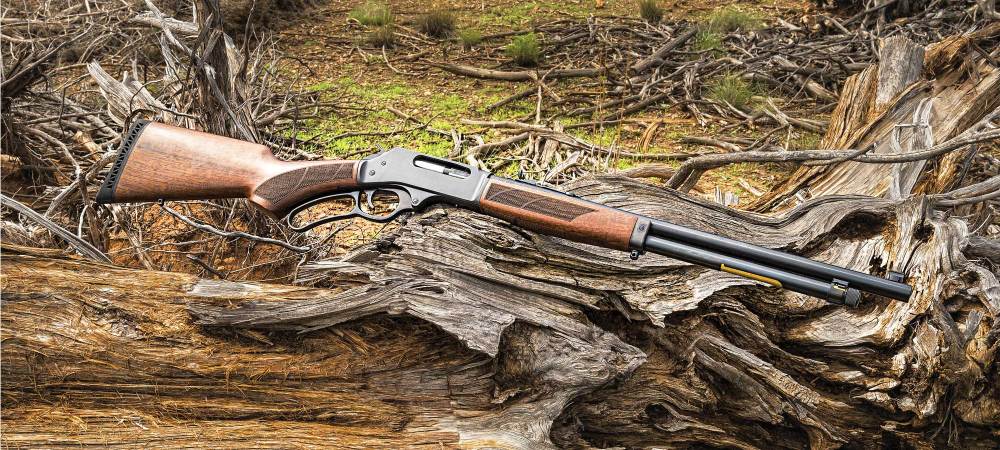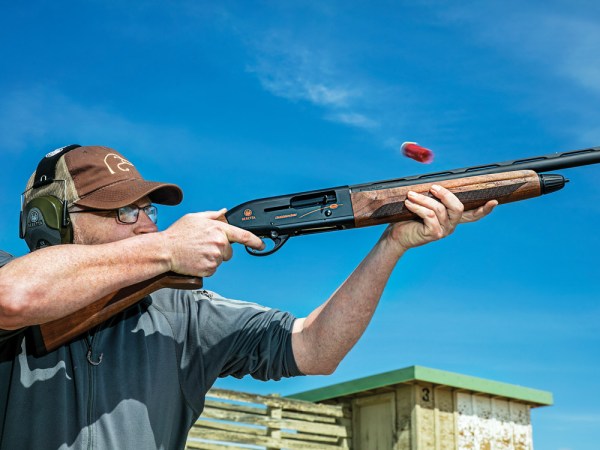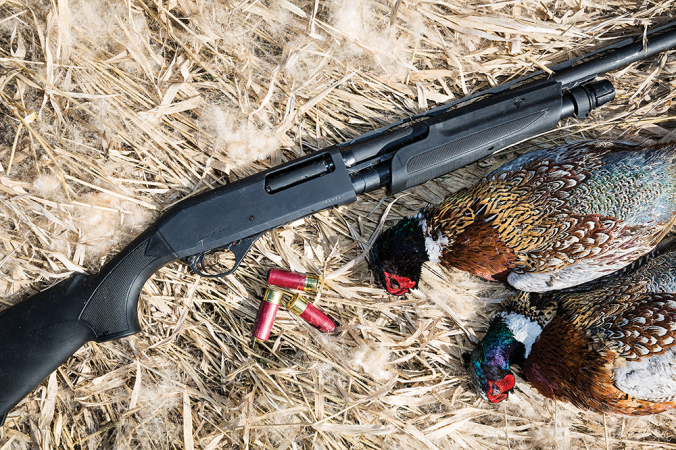We may earn revenue from the products available on this page and participate in affiliate programs. Learn More ›
About the only affordable way for the average guy to support a steady clay target shooting hobby is to reload. This is especially the case with sub-gauge loads. I started reloading shotshells primarily because I shoot 28 gauge and .410 competitions in skeet, and paying more than $10 a box for factory loads can make even a good day of shooting feel bad.
However, reloading isn’t just for target shooters. With the prices of ammo soaring, hunters who expect to do a lot of trigger pulling, or who want a very specific load, should consider learning to roll their own. It’s the best way to get exactly what you need. Compared to reloading rifle ammunition, shot shell reloading is elementary work, especially if you use a progressive machine, which performs reloading steps on several shells at once and produces a finished shell with each throw of the handle. In that case, most of the work is done just setting up the machine.
However, no matter what style of loader you use, there are some simple tips that will make your reloading experience easier, faster and safer. This is not a complete guide to reloading. Always study the owner’s manual that comes with each loader, and purchase a quality reloading manual as well.
1. Use Good Hulls
You can save money in the long run by reloading, but you still need to make an investment. It starts with the hulls.
Winchester AA and Remington STS hulls are the two most common, highest-quality hulls for reloading available today. They have brass heads and durable plastic cases that last for quite a few reloads. You can either buy factory loads and save the hulls or purchase empties from gun clubs or online.
Some cheaper hulls will load just as well a couple of times, but eventually they won’t resize properly, the crimps open up, they’ll break in the loader or you’ll end up with a bunch of shoot-offs, which is when the end of the case separates and shoots down the barrel.
As a rule of thumb, avoid anything with a nickel head and expect to get only a few good reloads from hulls with a ribbed case.
2. Choose the Right Loader
If you want to shoot any more than about six rounds of trap, skeet or sporting clays a week, or you’re short for time, invest in a progressive loader, as mentioned in the intro. If you shoot less than that, a single-stage machine will work just fine.
Progressive loaders require significant setup time for each load, so they aren’t practical for folks who want to experiment or use different loads for different seasons. For that, a single-stage machine is the better choice. It performs only one step of the process with each handle pull.
Also, be sure to consult the manufacturer of your machine any time you change loads, especially if you change powders or shot sizes, because you’ll usually need a new charge bar bushing, and potentially a new charge bar.
Charge bars deliver a specific weight of shot and powder, but they actually measure in volume. So if you change to a powder with a different size grain or to different size shot, it might not drop the right amount.
Finally, if you want to load steel for waterfowl hunting, invest in a machine dedicated to that task that will handle high-brass hulls and the harder steel shot pellets.
**
3. Find a Multi-Purpose Powder**
Some powders can be used to load multiple gauges and loads safely. For instance, I load 20 and 28 gauge skeet loads with Hodgdon Universal Clays. There are even some safe 12 gauge loads using Universal Clays.
This is great for high-volume shooters who shoot multiple gauges, which mostly includes skeet shooters. They can set up a machine dedicated to each gauge, but can keep fewer powders on hand. This reduces the likelihood of accidentally loading the wrong powder.
4. Keep Records, Label Loaders, Stay Safe
Keep detailed records of your favorite loads, even if you “always” load the same thing. Eventually, something will change and you’ll want to know exactly what you were using. Once I get a loader set up how I want it, I always write the powder I’m using on a piece of tape and stick it on the powder bottle. When I add powder, the label reminds me to double check that I’m adding the right stuff. Work other little safety measures into your process, such as checking every fifth or 10th powder charge to make sure you’re dropping accurate charges. You can’t be too safe.
5. Mount it Securely
Shot-shell loaders have a lot of moving parts and can get squirrely in a hurry. Bolt them to a secure bench when possible. If you can’t, just bolt the base to a piece of ¾-inch-thick scrap lumber that is 3 or 4 inches wider than the base and 6 to 8 inches longer. Leave extra room in front of the machine to clamp the board to the bench with a wide-mouth C-clamp.
6. Listen While You Work
A lot of bad shells can be caught before they become real problems just by listening to the machine working. If something doesn’t sound right, stop and inspect each shell. The same goes for how each stroke of the handle feels. If the handle is harder to pull than normal, you might have some shot or crud stuck where it doesn’t belong. If you don’t hear the charge bar snap back and forth as normal, loose powder might have slipped out of the bar and is creating friction. Watch for these details.
7. Work Slow, Stay Organized
I make it a point to set aside time to reload, rather than waiting until 30 minutes before I plan to shoot. When you rush, mistakes happen, and mistakes made when reloading result in damaged guns or injured people. Take it one step at a time, double check everything and you shouldn’t have problems.
Finally, keep your work area organized. Have a separate container on the bench for hulls and wads. Sweep up loose powder. And clean up messes as soon as they happen.

